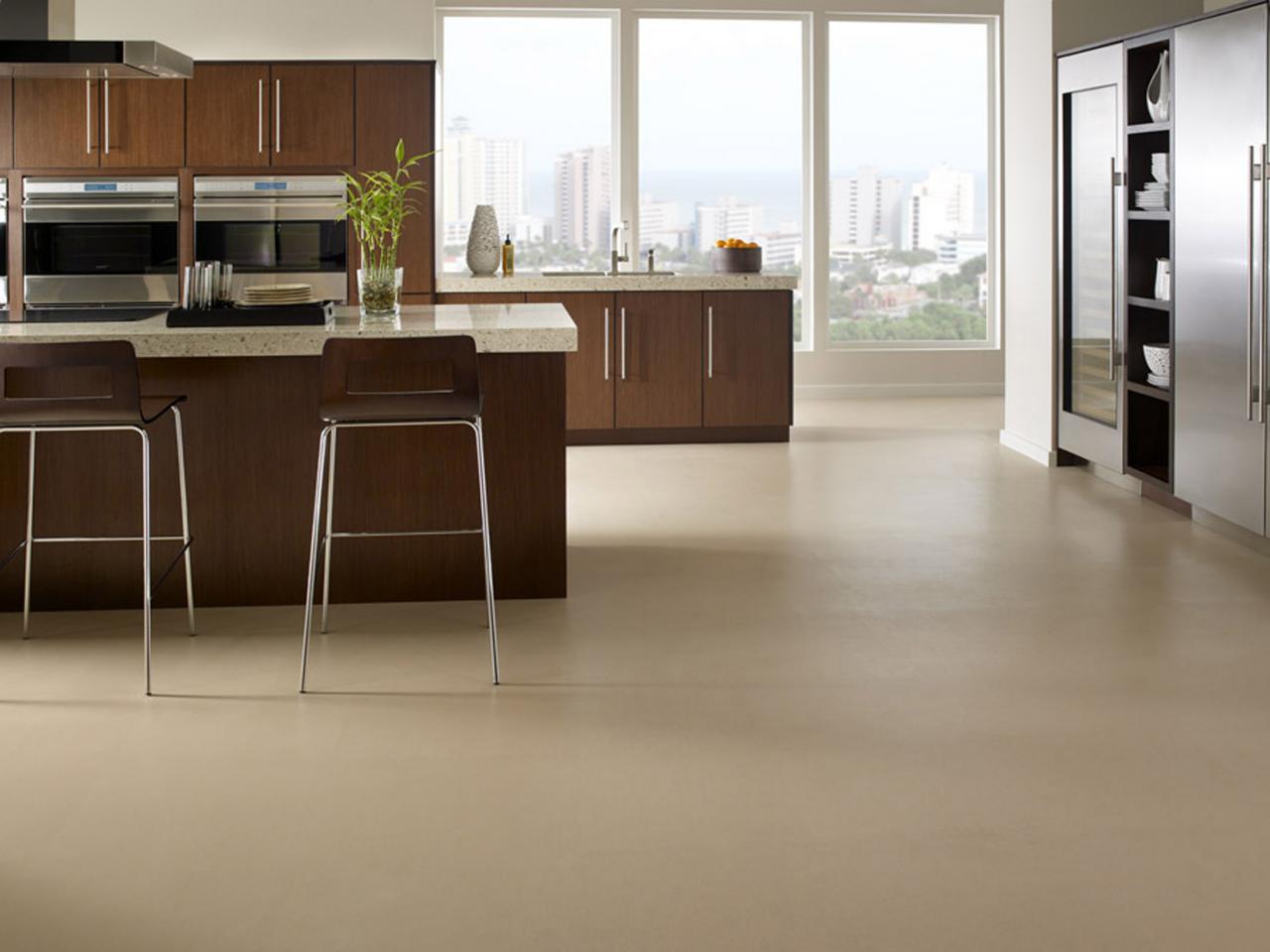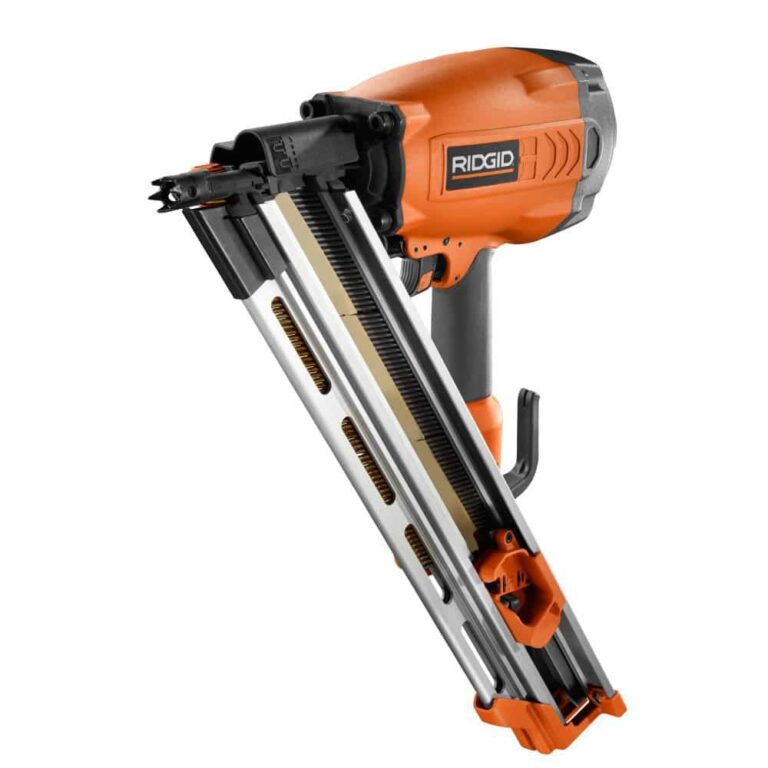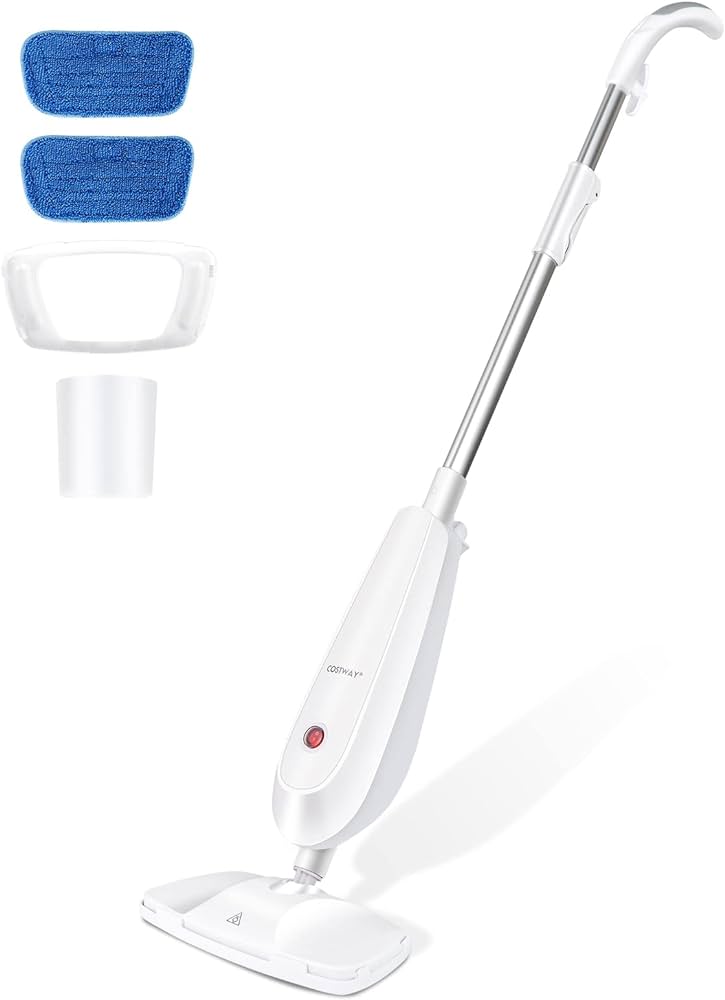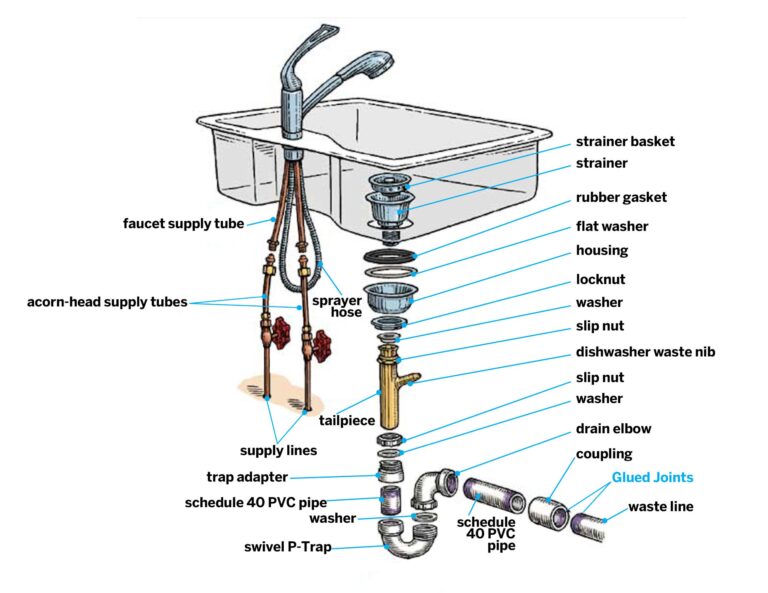Can You Use Rubber Floor Tiles In Kitchen?
Rubber floor tiles are a popular choice for many people due to their durability and water-resistant nature. They can be used in a variety of places, including kitchens. Using rubber floor tiles in your kitchen has many benefits, such as noise reduction, easy installation, and slip-resistance. They are also an eco-friendly option due to their natural rubber content. If you are looking to update your kitchen flooring, rubber floor tiles may be the perfect choice for you.
Advantages of Using Rubber Floor Tiles in the Kitchen
Rubber floor tiles are becoming increasingly popular in kitchens due to their durability and ease of maintenance. Rubber floor tiles are a great choice for the kitchen as they provide many advantages over other flooring options. Not only are they more resilient to water and spills, but they are also easy to clean and maintain. Rubber floor tiles also provide good insulation, helping to keep your kitchen warm in the winter. Their color and texture are also appealing, making them a stylish choice for any kitchen. Additionally, rubber floor tiles are shock-absorbent, providing a softer surface for your feet and helping to reduce fatigue. With their great advantages and affordability, rubber floor tiles are a great option for any kitchen.
Factors to Consider Before Installing Rubber Floor Tiles in the Kitchen
When considering flooring options for the kitchen, rubber floor tiles are often overlooked. However, this resilient and low-maintenance material is an excellent choice for many homes. Before deciding on rubber floor tiles for this high-traffic space, there are several factors to consider.
Durability is an important factor when choosing kitchen flooring. Rubber tiles are designed to withstand heavy foot traffic, and are resistant to spills and water damage. Rubber is also an effective sound insulator, making it a great choice for households with children or pets.
Aesthetics are another important factor to consider. Rubber tiles come in a variety of colors and textures, making them easy to match with any kitchen decor. Some rubber tiles also come with a non-slip surface, making them a great choice for those prone to kitchen spills.
Installation is a key factor in deciding on rubber floor tiles. Rubber tiles are easy to install and require no special tools or adhesives. They can be laid directly onto an existing surface, making them a great choice for DIY projects.
Finally, the cost of rubber floor tiles is another factor to consider. Rubber tiles are typically more affordable than other flooring options, such as hardwood and stone. It’s important to weigh the cost of the tiles with the cost of installation and ongoing maintenance.
Overall, rubber floor tiles can be an excellent choice for the kitchen. Before making a decision, consider the durability, aesthetics, installation and cost of the tiles. With the right research, rubber floor tiles can be a great way to update your kitchen while staying within budget.
Types of Rubber Floor Tiles
Rubber floor tiles are an increasingly popular choice for modern kitchen floors due to their durability, comfort, and variety of styles. But what types of rubber floor tiles are available for use in the kitchen? This article will explore the different types of rubber floor tiles and their properties, to help you decide which is the best option for your kitchen.
The most common type of rubber floor tiles are homogeneous tiles. These are made of a single layer of rubber, and are available in a range of thicknesses. Homogeneous tiles are typically the least expensive option, and are ideal for areas that don’t require a lot of foot traffic, such as the kitchen.
Another type of rubber floor tile is heterogeneous tiles. These are made of multiple layers of rubber, which gives them a more durable construction than homogeneous tiles. Heterogeneous tiles are perfect for areas that require more wear and tear, such as the kitchen. They are also available in a range of colors and patterns, so you can choose the perfect style for your kitchen.
The final type of rubber floor tiles is cork-rubber tiles. These are made of a mixture of cork and rubber, and are ideal for areas that require extra insulation, such as the kitchen. Cork-rubber tiles are also resistant to water and bacteria, which makes them a great choice for kitchens with frequent spills.
No matter which type of rubber floor tile you choose for your kitchen, you can rest assured that it will provide a durable, comfortable, and stylish solution for your kitchen floor. With a variety of styles, colors, and thicknesses available, you can find the perfect rubber floor tile for your kitchen.
Installation Process for Rubber Floor Tiles in the Kitchen
Kitchen remodeling projects can be a daunting task, especially when it comes to flooring. Many homeowners are now looking towards rubber floor tiles as a low-cost and affordable option for their kitchen. But is it a viable option? Can you use rubber floor tiles in the kitchen? The answer is yes, but there are some important considerations to keep in mind when planning for a kitchen renovation.
When installing rubber floor tiles in a kitchen, it is essential to follow the manufacturer’s instructions. This includes the proper preparation of the subfloor, which should be clean, level, and free of any debris. Depending on the type of tile, it may be necessary to use a sealant to protect the tiles from water damage. Once the subfloor is prepared, the tiles can be laid out in the desired pattern and adhered to the floor using an adhesive. Once the tiles are laid out, a grout can be applied to fill in the gaps between each tile. This helps to create a strong bond and a more seamless look.
Installing rubber floor tiles in the kitchen can be a great way to add a unique and stylish look to the room. With the right preparation and installation process, you can create a beautiful, durable, and low-cost floor.
:max_bytes(150000):strip_icc()/GettyImages-185226874-5a3d698b7d4be800365f1e00.jpg)
Maintenance Tips for Rubber Floor Tiles
Maintaining rubber floor tiles in your kitchen is important to ensure they look good and last a long time. Rubber floor tiles are a great choice for kitchens as they are slip-resistant and provide cushioning and sound insulation. However, to keep them looking their best, there are a few maintenance tips you should keep in mind.
First, sweep or vacuum your rubber floor tiles regularly to remove dirt and dust. This will help keep your tiles looking fresh and free of buildup. You can also mop your rubber floor tiles with a mild detergent and warm water. Be sure to rinse them with clean water afterwards to avoid leaving any residue behind.
It is also important to inspect your rubber floor tiles for any signs of damage such as chips, cracks, or tears. If you notice any of these, it is best to replace the affected tiles with new ones.
Finally, it is recommended to apply a sealant or wax to your rubber floor tiles every 3-4 months. This will help protect them from dirt and moisture, and also give them a glossy finish.
By following these tips, you can keep your rubber floor tiles in your kitchen looking great and lasting longer. With minimal effort, you can ensure that your rubber floor tiles remain in top condition for years to come.
Cost of Installing Rubber Floor Tiles in the Kitchen
Kitchen renovations can be expensive, so it’s important to understand the cost of installing rubber floor tiles before taking the plunge. Rubber floor tiles offer a great alternative to traditional flooring in the kitchen, providing a durable and safe surface that’s easy to clean and maintain. But, how much do these tiles cost? It depends on a few different factors, such as the type of rubber tile, the amount of space being covered, and the complexity of the installation.
On average, rubber floor tiles cost anywhere between $2 and $8 per square foot. High-end tiles can cost upwards of $10 per square foot. Installation costs vary depending on the complexity of the job, and can range from $1 to $3 per square foot. This makes the total cost of installing rubber floor tiles in the kitchen range from $3 to $11 per square foot.
The cost of rubber floor tiles is worth it, however, because of their durability and easy maintenance. They’re also slip-resistant and dampen sound, making them a great choice for busy kitchens. If you’re looking for an affordable and stylish solution for your kitchen flooring, rubber floor tiles are a great option.
Durability of Rubber Floor Tiles in the Kitchen
Rubber floor tiles are a popular choice for many commercial and residential applications, but can they be used in the kitchen? The answer is yes, and it can be a great way to add a unique and durable finish to your kitchen. Rubber floor tiles boast an impressive range of features and benefits that make them a great choice for any kitchen. Not only are they highly resistant to water, spills and stains, but they also boast superior sound-deadening qualities, reducing noise from heavy foot traffic. Additionally, rubber floor tiles are easy to clean and maintain, and provide a slip-resistant surface, making them a great choice for busy kitchens. Furthermore, rubber floor tiles are also highly durable, able to withstand wear and tear from everyday use. With proper care and maintenance, rubber floor tiles can last for several years and provide a beautiful finish to any kitchen.
Alternatives to Rubber Floor Tiles in the Kitchen
The kitchen is the heart of the home, and it is important to have the right flooring for the space. Rubber floor tiles are a popular choice for many kitchens, but they may not be the right solution for everyone. There are several alternatives to rubber floor tiles that can provide the same benefits without the drawbacks.
Vinyl is a great alternative to rubber floor tiles as it is durable, easy to clean, and comes in a variety of colors and styles. It is also moisture-resistant, so it won’t be damaged by spills and can easily be wiped up.
Ceramic tile is another popular choice for kitchen floors. It is durable, easy to maintain, and comes in a variety of colors and styles. It is also resistant to bacteria, so it is a great choice for a kitchen.
Hardwood flooring is a timeless classic that adds a touch of elegance to any kitchen. It is also easy to clean, and many types of wood are naturally resilient to water damage.
Laminate flooring is a cost-effective option that can mimic the look of real wood. It is also easy to install and maintain, and it is resistant to water damage.
No matter what type of flooring you choose, it is important to make sure it is durable and easy to maintain. Rubber floor tiles may not be the best option for everyone, but there are plenty of alternatives that can provide the same benefits without the drawbacks.
FAQs About the Can You Use Rubber Floor Tiles In Kitchen?
1. Can rubber floor tiles be used in wet areas of the kitchen?
Yes, rubber floor tiles can be used in wet areas such as near the sink or dishwasher. Rubber floor tiles are slip-resistant and waterproof, making them ideal for use in kitchens.
2. Are rubber floor tiles easy to install?
Yes, rubber floor tiles are easy to install and can be done with minimal tools. They are also designed to interlock and stay in place without the need for adhesives.
3. How long do rubber floor tiles last?
Rubber floor tiles are designed to be durable and have a long lifespan. Generally, rubber floor tiles can last up to 10 years with proper care and maintenance.
Conclusion
Rubber floor tiles can be a great choice for kitchen flooring. They are durable, easy to clean, slip-resistant, and come in a variety of colors and designs. They can also provide insulation and soundproofing, making them a great option for both home and commercial kitchens. However, rubber floor tiles may not be suitable for all kitchens due to their low water resistance and susceptibility to staining. Therefore, it is important to consider all the pros and cons before deciding if rubber floor tiles are the right choice for your kitchen.






